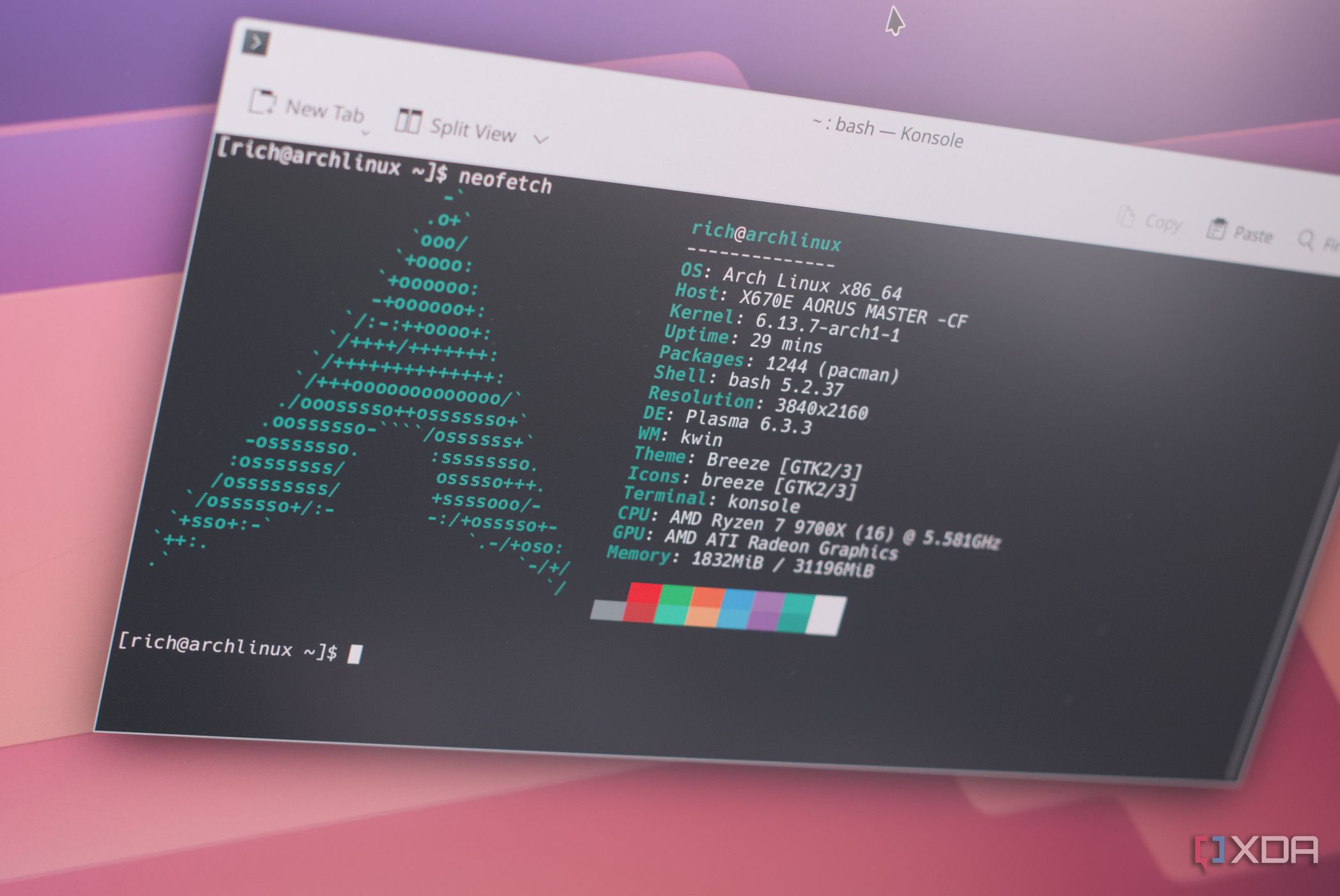URGENT UPDATE: As the tech community shifts gears, the need for improved app support on Linux has reached critical levels. Users and developers alike are voicing concerns that without a robust application ecosystem, Linux may struggle to gain traction against dominant operating systems like Windows and macOS.
Recent discussions highlight the frustrations of long-time Linux users who fondly recall the days of Windows XP. Many have transitioned to Linux for its freedom and customization options but find themselves hindered by a lack of accessible applications. The stark reality is that Windows offers a centralized storefront and a developer-friendly environment that Linux currently lacks.
While Linux boasts incredible hardware compatibility and a variety of desktop environments, the absence of a unified app distribution model is a stumbling block. Linux developers often rely on multiple package managers, such as APT, Flatpak, and Snap, which typically operate through a command-line interface. This complexity deters potential users, as many users exit before even accessing the software due to the steep learning curve.
One major area where Linux falls short is proprietary software. Industry giants like Adobe and Microsoft predominantly develop applications for Windows and macOS, leaving Linux users with limited options. Applications critical to productivity, such as Adobe Creative Cloud and Microsoft Office, are still absent from the Linux ecosystem, creating a significant barrier for businesses and individual users.
Gaming on Linux has seen improvements, particularly due to Valve’s development of Proton, a compatibility layer that allows Windows games to run on Linux. However, the gaming community still faces issues with anti-cheat systems, and many developers remain hesitant to support the platform fully. While the progress is commendable, the gaps in app availability continue to be a pain point.
The call to action is clear: Linux must prioritize building a robust app ecosystem to attract a broader user base. The community is eager for more popular applications and better compatibility with existing software. As we witness growing interest in open-source solutions, this is an opportune moment for developers to step up their game.
Looking ahead, the Linux community must rally together to resolve these app support issues. With the right investment and focus on popular applications, Linux could capture a larger share of the market. As more users recognize the customizable and flexible nature of Linux, the momentum will only continue to build.
In conclusion, while Linux has made significant strides in user experience and hardware compatibility, the urgent need for app support remains a formidable challenge. The tech world is watching closely to see how the community addresses this critical issue and what the future holds for Linux in the ever-competitive OS landscape.







































































